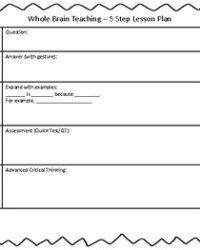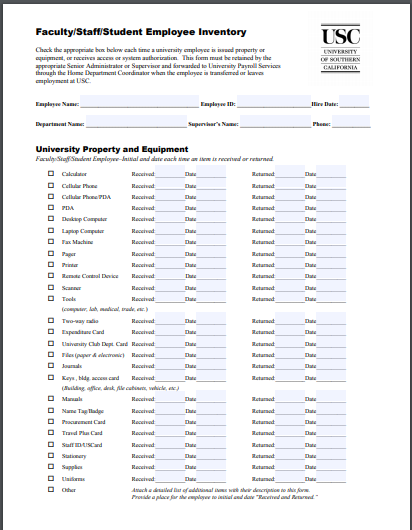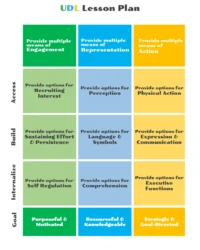Have you ever wondered why some lessons just stick with students, while others seem to fade away as soon as the bell rings? As educators, we constantly strive to create impactful learning experiences, but the reality is, our brains aren’t just passive sponges. They learn in specific, often predictable, ways. Understanding these natural processes can revolutionize how we design our lessons, making learning more effective, engaging, and memorable for everyone involved.
This isn’t just about trying new activities; it’s about fundamentally aligning our teaching methods with how the human brain actually functions. By tapping into neuroscience research, we can move beyond traditional approaches and craft lessons that resonate deeply with students’ cognitive processes. That’s where the power of a well-designed brain based lesson plan template comes into play – it’s a practical roadmap for creating these rich, brain-friendly learning environments every single day.
Understanding the Core Principles of Brain-Based Learning
Brain-based learning isn’t a fad; it’s an educational approach rooted in scientific understanding of how the brain learns best. It acknowledges that learning is not a linear, passive process but a complex, active one influenced by emotion, environment, and experience. When we design lessons with the brain in mind, we’re essentially optimizing the conditions for information to be absorbed, processed, and ultimately retained. It’s about working with the brain, not against it.
One foundational principle is that the brain is constantly seeking meaning. It thrives on novelty and relevance. If information isn’t perceived as important or interesting, it’s far less likely to be processed deeply and stored in long-term memory. This means our lessons need to answer the “why” for students, connecting new concepts to their existing knowledge and experiences.
Furthermore, emotions play a critical role in learning and memory. Positive emotions can enhance learning, while fear or stress can inhibit it. Creating a safe, supportive, and engaging classroom environment is paramount. When students feel secure and curious, their brains are open to new information and connections. This isn’t just about being “nice”; it’s a strategic move to optimize neural pathways for learning.
Finally, the brain learns best through active engagement and multi-sensory experiences. Passive listening rarely leads to deep understanding or retention. Providing opportunities for students to move, discuss, create, and solve problems helps them build stronger neural networks. Varying instructional strategies keeps the brain stimulated and prevents cognitive fatigue.
The Brain’s Need for Novelty and Emotion
The brain is hardwired to pay attention to anything new, different, or emotionally charged. Think about how easily you remember a surprising event or a particularly heartwarming story. We can leverage this in our teaching by starting lessons with a compelling question, a curious image, or a personal anecdote. Tapping into emotions, whether wonder, excitement, or even healthy frustration during problem-solving, can make lessons stick far more effectively than rote memorization.
Active Engagement and Meaningful Connections
Learning isn’t about filling a bucket; it’s about lighting a fire. The brain actively constructs knowledge by making connections between new information and what it already knows. This means providing opportunities for students to discuss, debate, create, and apply what they’re learning. Group work, projects, experiments, and simulations are invaluable because they force the brain to process information in multiple ways and integrate it into existing mental frameworks.
Creating a Low-Threat, High-Challenge Environment
For optimal learning, the brain needs to feel safe. When students are stressed or feel threatened (e.g., by fear of failure, harsh criticism, or an overwhelming workload), the brain’s “fight or flight” response can kick in, shutting down higher-order thinking and memory formation. Our goal is to create an atmosphere of psychological safety where students feel comfortable taking risks, asking questions, and even making mistakes, while still providing meaningful and stimulating intellectual challenges that encourage growth.
Designing an Effective Brain Based Lesson Plan Template
Now that we understand the underlying principles, how do we translate them into practical lesson design? This is where a structured brain based lesson plan template becomes an indispensable tool. It helps educators systematically incorporate neuroscience-backed strategies into every lesson, ensuring that each component serves a specific purpose in optimizing the learning process. It’s not about rigid adherence, but about mindful planning that guides the brain towards deeper understanding and retention.
A comprehensive template acts as a checklist, prompting you to consider elements that might otherwise be overlooked in a traditional lesson plan. It ensures you’re thinking about how to activate prior knowledge, present new information effectively, provide opportunities for processing and elaboration, and offer chances for application and reflection. It encourages a proactive approach to teaching, focusing on how students will *learn*, not just what content will be *covered*.
Ultimately, using such a template isn’t just about fulfilling a requirement; it’s about empowering yourself to become a more effective and impactful educator. It streamlines the planning process by giving you a clear framework, allowing you more time to focus on the nuances of delivery and student interaction. This systematic approach leads to more consistent, high-quality learning experiences for all students, fostering an environment where every brain can thrive.
* Clear Learning Objectives (The “Why”)
* Anticipatory Set/Activation (Engaging the Brain)
* New Information/Acquisition (Delivering Content)
* Elaboration/Processing (Making Connections)
* Application (Putting Knowledge to Use)
* Review and Reflection (Solidifying Learning)
Embracing the principles of brain-based learning and utilizing a dedicated template can fundamentally transform your teaching practice. It moves us away from simply delivering content and towards facilitating genuine learning experiences that truly resonate with students’ minds. The result is not just higher achievement, but also greater student engagement, curiosity, and a lifelong love for learning.
By consciously designing lessons that align with how the brain naturally learns, you’re not just improving academic outcomes; you’re cultivating a deeper, more meaningful connection between students and the subject matter. This approach ensures that every moment in the classroom is an opportunity for profound cognitive growth, creating a powerful ripple effect that extends far beyond the lesson itself.


